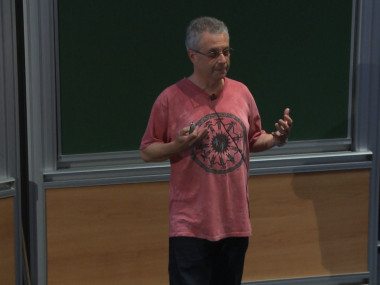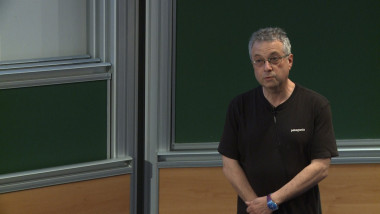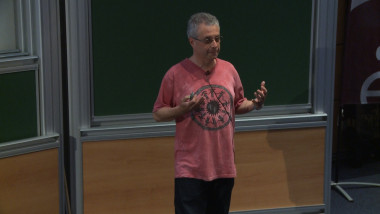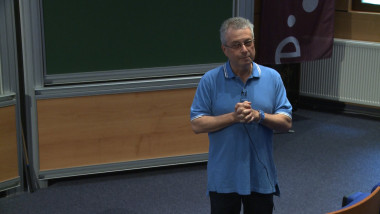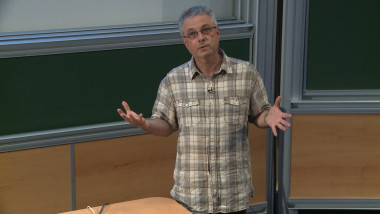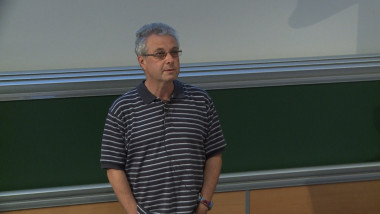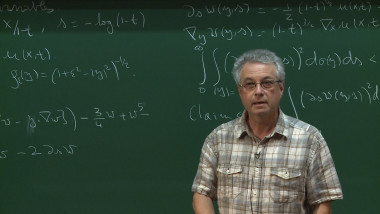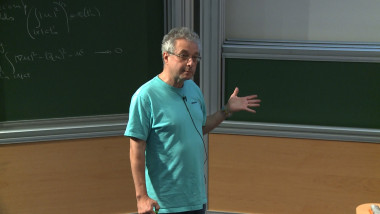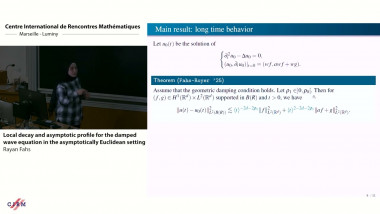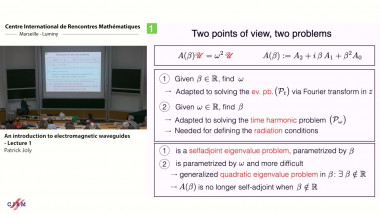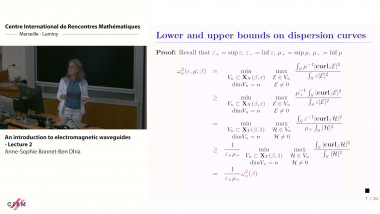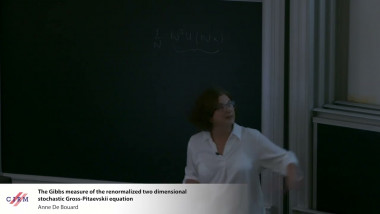Collection Hadamard Lectures 2016 - Carlos Kenig - The energy critical wave equation
The theory of nonlinear dispersive equations has seen a tremendous development in the last 35 years. The initial works studied the behavior of special solutions such as traveling waves and solitons. Then, there was a systematic study of the well-posedness theory (in the sense of Hadamard) using extensively tools from harmonic analysis. This yielded many optimal results on the short-time well-posedness and small data global well-posedness of many classical problems. The last 25 years have seen a lot of interest in the study, for nonlinear dispersive equations, of the long-time behavior of solutions, for large data. Issues like blow-up, global existence, scattering and long-time asymptotic behavior have come to the forefront, especially in critical problems. In these lectures we will concentrate on the energy critical nonlinear wave equation, in the focusing case. The dynamics in the defocusing case were studied extensively in the period 1990-2000, culminating in the result that all large data in the energy space yield global solutions which scatter. The focusing case is very different since one can have finite time blow-up, even for solutions which remain bounded in the energy norm, and solutions which exist and remain bounded in the energy norm for all time, but do not scatter, for instance traveling wave solutions, and other fascinating nonlinear phenomena. In these lectures I will explain the progress in the last 10 years, in the program of obtaining a complete understanding of the dynamics of solutions which remain bounded in the energy space. This has recently led to a proof of soliton resolution, in the non-radial case, along a well-chosen sequence of times. This will be one of the highlights of the lectures. It is hoped that the results obtained for this equation will be a model for what to strive for in the study of other critical nonlinear dispersive equations.
Appears in collection : Hadamard Lectures











